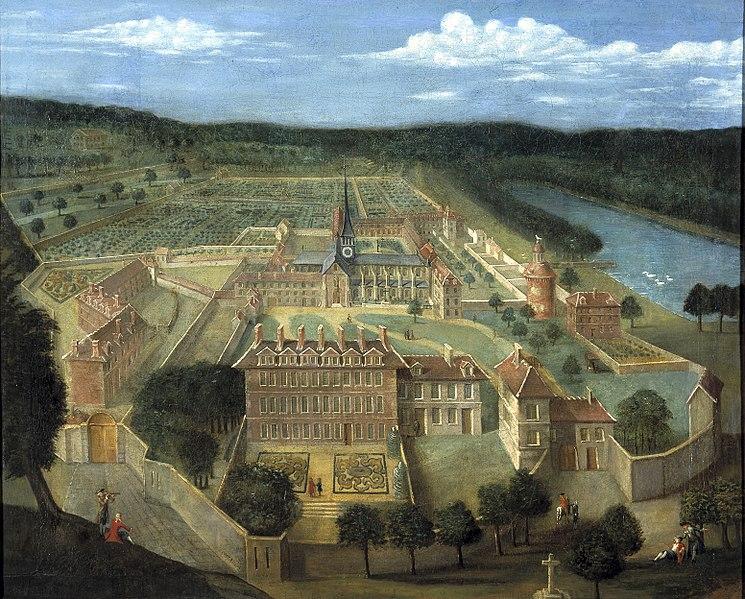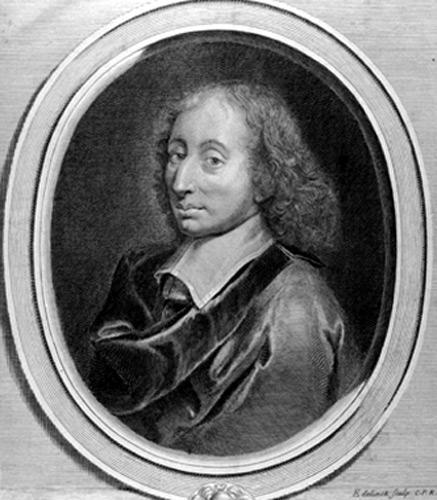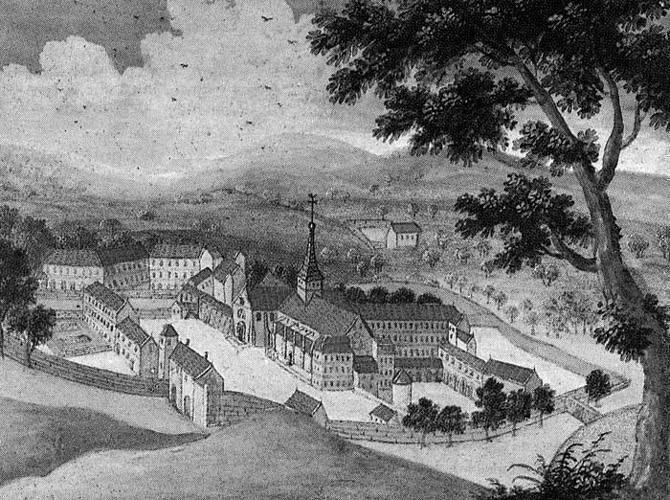The Catholic
reforming movements
in 17th century France
The 17th century saw the rise of various movements attempting to reform the Catholic Church from within while avoiding any break-away. Such movements aimed partly at countering the influence in France of the Protestant reformation.
Aims at reforming Catholicism from within
Following the Council of Trent (1545-1563), numerous reforming movements emerged within the Catholic Church. These thrived throughout the seventeenth century – notably in France. Generally speaking, such movements of reform aimed at preventing the development of the Protestant Reformation by reminding the Roman Catholic Church of its true role. The most important one was the Company of Jesus. These movements advocated a return to true holiness, to true charity while remaining aware that such words could have different meanings. This desire to reform gave rise to important internal debates.
Some movements led to a renewal of monastic life. Cardinal Pierre de la Bérulle (1567-1622), who had already introduced the Carmelite Order into France, created the French Oratory. Saint François de Sales (1567-1660) created the Salesian Order. The Order of Saint-Vincent-de-Paul, name after its founder (1581-1660), was created in 1617.
Others movements were of a more mystical tendency, such as the “quietist” movement, begun during the second half of the seventeenth century at the initiative of Fénelon (1651-1715) and Madame Guyon (1648-1717).
But the most famous movement was Jansenism, on account of its visible impact on civil society.
The desire for reform within the Catholic Church must be associated with the great political debates that pervaded the secular world throughout the 17th century.
The power of the throne was increasingly autonomous in a society that was rapidly becoming more modern, and tried to free itself from the political yoke of the Roman Catholic Church. The king cherished the idea of a Gallic Church based on the model of the Anglican Church. On the other hand, the civil society, faced as it was with new responsibilities (the development of handicraft and trade), expressed its own specific requirements and challenged the legitimacy of certain powers. For example, the free-thinking movement criticized the status of “revealed truths”, which, they claimed, could be submitted to liberal examination. The Fronde (1648-1652) opposed part of the nobility to Mazarin over the issue of privileges attributed to the throne and drew a certain number of Catholic and Protestant reformers into its camp.
Associated notes
-

Jansenism and Protestantism
By endorsing the teachings of Saint Augustine on grace and predestination – both of which were central themes of the Protestant Reformation – Jansenism sought to reform the Catholic Church... -

Blaise Pascal (1623-1662)
The great mathematician and philosopher Blaise Pascal was quite closely associated with Jansenism. His younger sister, Jacqueline, who he was very fond of, entered the Abbey of Port-Royal des Champs.... -

Jansenism : a movement of great influence
Jansenism was a very influential movement in France. This was partly due to its closeness to the Protestant Reformation.
